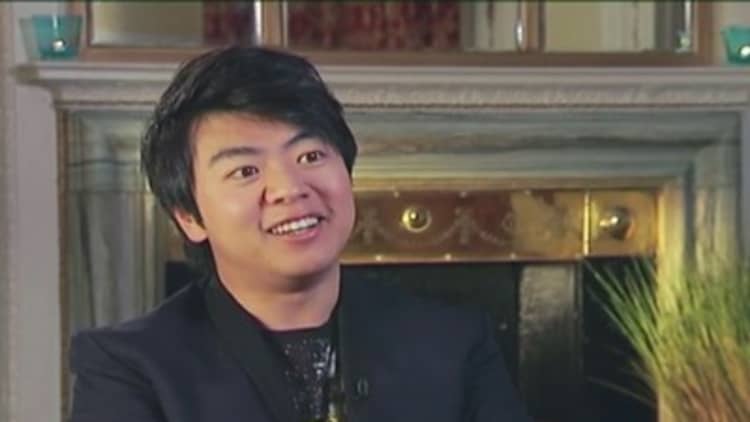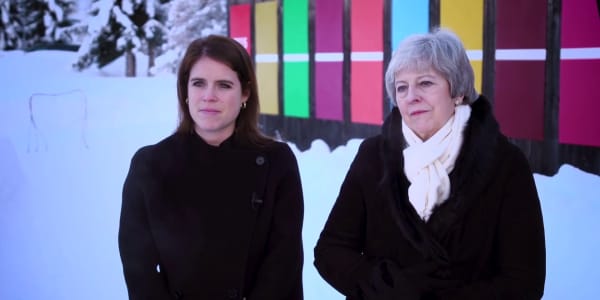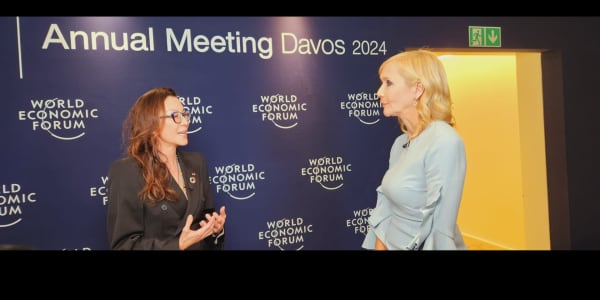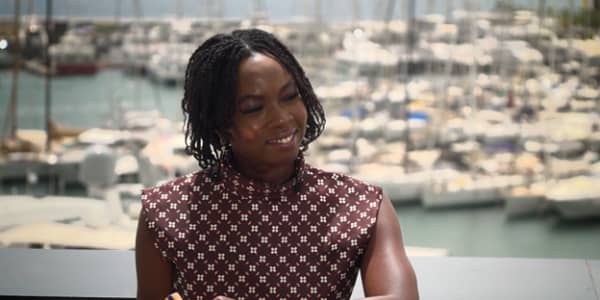
There is a clear difference between the U.S. and China when it comes to education, according to one of the world's most famous pianists - the amount of free time.
Lang Lang arrived in the U.S. in 1997 to attend the Curtis Institute of Music in Philadelphia, having previously studied in Beijing. He told CNBC Meets' Tania Bryer that it was a culture shock, especially the way students approached studying.
Describing his initial interactions with U.S. students, he said they would tell him, "Shall we take you out for party? We have a lot of clubs we can go. Of course, we can't buy drink but we can have some fun, some chill-out time."
Lang's reaction was: "And I thought, 'Oh wow, this is cool.' I mean, back in high school in Beijing we never had chill out time, you know, it's always working."
But in the U.S. Lang said things were different. "I kind of fell asleep in my class and nobody would know about it...The teacher's like, 'Let's watch this movie. American Pie.' So the whole afternoon we did nothing. We just watched movies. And I'm like, 'Wow, this is very relaxed being in an American school.' I said wow, this is really nice. I enjoyed it very much."
(Read more: China is obsessed with winning awards: Lang Lang)
According to the Institute of International Education (IEE), 235,597 Chinese students enrolled in U.S. colleges in the 2012-13 academic year, up from 194,029 in the previous year. Chinese students represent 28.7 percent of all international students enrolled in U.S. colleges.
"Chinese students and their parents are looking for high quality education, get the importance of international education, and it's making America the number one destination because we actually have the capacity to absorb international students,"said Allan Goodman, president and CEO of the IEE.
Chinese students are attracted to the U.S. despite the education on offer in high schools in their own country. The recent results of the 2012 Program for International Student Assessment (PISA) – which measures literacy of 15-year-old students in three subject areas – highlighted the gap in the academic performance among pupils in Eastern and Western nations.
(Read more: This country has the world's smartest students)
Students from Shanghai, Singapore and Hong Kong were the top three scorers – attaining results significantly above the OECD (Organization for Economic Co-operation and Development) average of 494 in mathematics, 496 in reading and 501 in science.
The average score in Shanghai was 613 on the mathematics test, 570 on the reading test, and 580 on the science test. In the U.S., the average score was 481 on the mathematics test, 498 on the reading test, and 497 on the science test.
Reuters reported recently that overseas education is seen by many Chinese families as the best means by which to avoid their country's incredibly competitive national college entrance exam.
Lang said that for Chinese students arriving in the U.S., they experience an initial few days of culture shock, but that, "Afterwards, you actually feel quite comfortable because in China we work too hard."
He reminisced about his first day at college in Philadelphia when students found out he played classical music.
"Oh, classical music! Does that mean the people are already dead for like 1,000 years? You're playing their work? That's so uncool. You should learn some Jay-Z stuff." the students said to Lang.
"On my first day in the U.S. I thought: this is very different from Germany (where he spent time during the Ettlingen Competition) for sure. But in the same time they were very lovely."
The full program - CNBC Meets: Lang Lang - will air on CNBC Europe on Wednesday 11 December.





